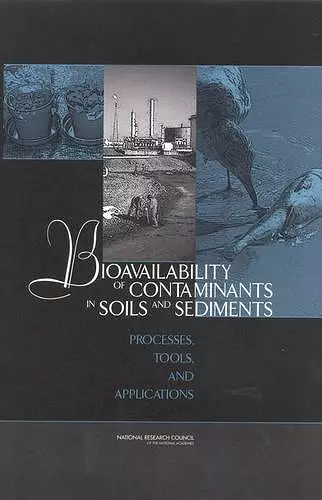Bioavailability of Contaminants in Soils and Sediments
Processes, Tools, and Applications
National Research Council author Division on Earth and Life Studies author Water Science and Technology Board author Committee on Bioavailability of Contaminants in Soils and Sediments author
Format:Hardback
Publisher:National Academies Press
Published:3rd May '03
Currently unavailable, and unfortunately no date known when it will be back

Bioavailability refers to the extent to which humans and ecological receptors are exposed to contaminants in soil or sediment. The concept of bioavailability has recently piqued the interest of the hazardous waste industry as an important consideration in deciding how much waste to clean up. The rationale is that if contaminants in soil and sediment are not bioavailable, then more contaminant mass can be left in place without creating additional risk. A new NRC report notes that the potential for the consideration of bioavailability to influence decision-making is greatest where certain chemical, environmental, and regulatory factors align. The current use of bioavailability in risk assessment and hazardous waste cleanup regulations is demystified, and acceptable tools and models for bioavailability assessment are discussed and ranked according to seven criteria. Finally, the intimate link between bioavailability and bioremediation is explored. The report concludes with suggestions for moving bioavailability forward in the regulatory arena for both soil and sediment cleanup.
Table of Contents- Front Matter
- Summary
- 1. Introduction
- 2. Current Use of Bioavailability in the Management of Contaminated Soil and Sediment
- 3. Processes
- 4. Tools
- 5. Moving Forward with Bioavailability in Decision-Making
- Appendix A: Acronyms
- Appendix B: Committee Member and Staff Biographies
ISBN: 9780309086257
Dimensions: unknown
Weight: unknown
432 pages